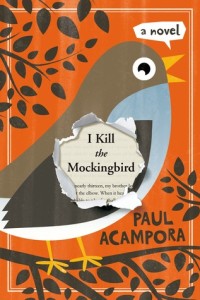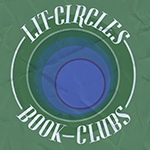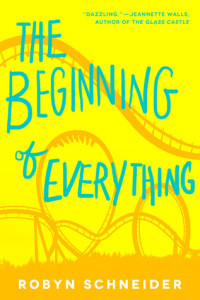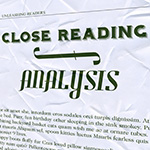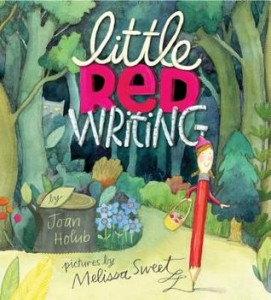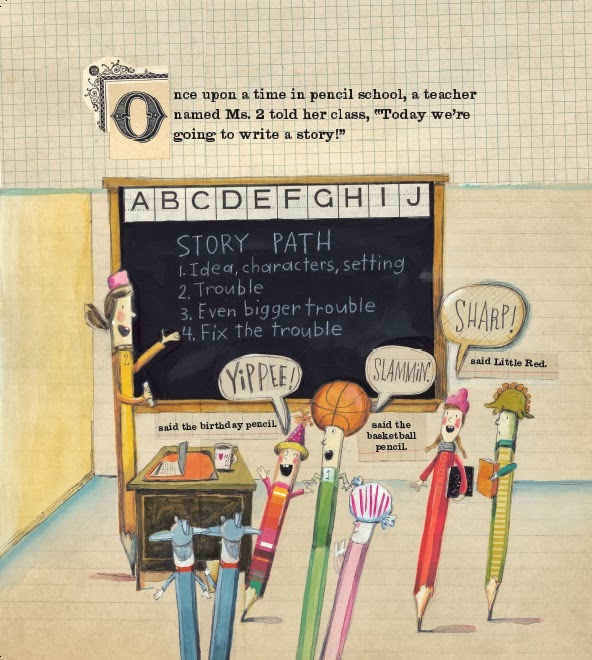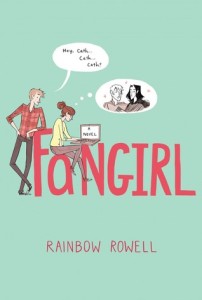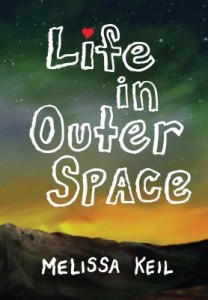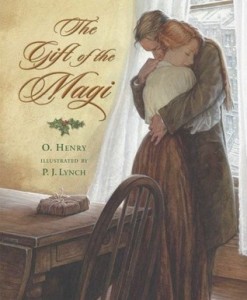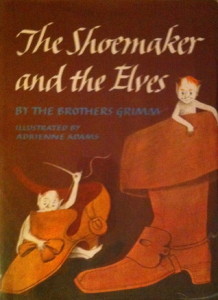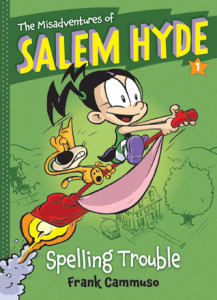I Kill the Mockingbird
Author: Paul Acampora
Published: May 20, 2014 by Roaring Brook Press
Summary: When Lucy, Elena, and Michael receive their summer reading list, they are excited to see To Kill A Mockingbird included. But not everyone in their class shares the same enthusiasm. So they hatch a plot to get the entire town talking about the well-known Harper Lee classic. They plan controversial ways to get people to read the book, including re-shelving copies of the book in bookstores so that people think they are missing and starting a website committed to “destroying the mockingbird.” Their efforts are successful when all of the hullabaloo starts to direct more people to the book. But soon, their exploits start to spin out of control and they unwittingly start a mini revolution in the name of books.
Review: Who doesn’t love a book about kids making mischief? The very premise of this book is exciting and clever: three intelligent students are frustrated that their peers don’t do the summer reading, so they decide to concoct a censorship conspiracy. The idea is brilliant, and it shows young readers that they have the power to make big changes in the world. English teachers will love this book because it inspires students to want to be more well-read. (And there are a plethora of allusions that were simply fantastic.) I enjoyed this book because it reminded me how much I love reading.
Teacher’s Tools for Navigation: This would be a great literature circle text, or it would bridge nicely with To Kill a Mockingbird. If I taught this text in my class, I would have my students devise a conspiracy, employ it in our school, and write responses about its results. I imagine this would be great fun. Also, it would be neat for students to create a chart of all of the books that are referenced. This might inspire them to try to tackle some of the great texts that are mentioned.
Discussion Questions: How are each of the three students characterized? What do each of them add to the friendship? To the conspiracy?; What is Lucy’s relationship with her mom? How does this add to the story?; Do you think the three students broke any rules? Do you think what they did was wrong?
We Flagged:
“‘We’re going to be like terrorists,’ he says.
‘We are not terrorists,’ I tell him. ‘We’re more like literary saboteurs'” (Chapter 8).
Read This If You Loved: To Kill a Mockingbird by Harper Lee; Rachel Spinelli Punched Me in the Face by Paul Acampora; Fahrenheit 451 by Ray Bradbury
Recommended For:
